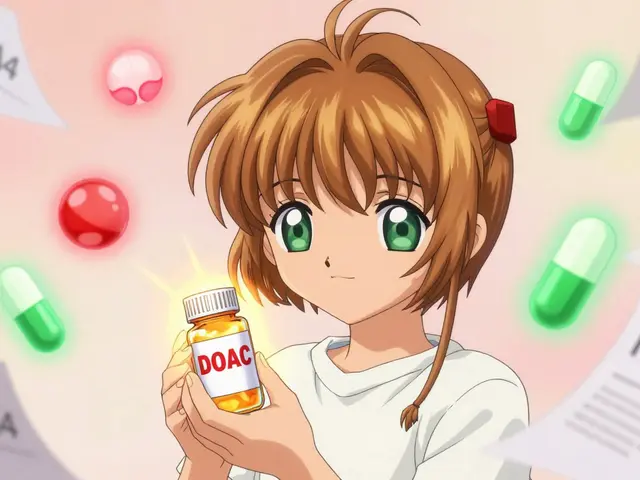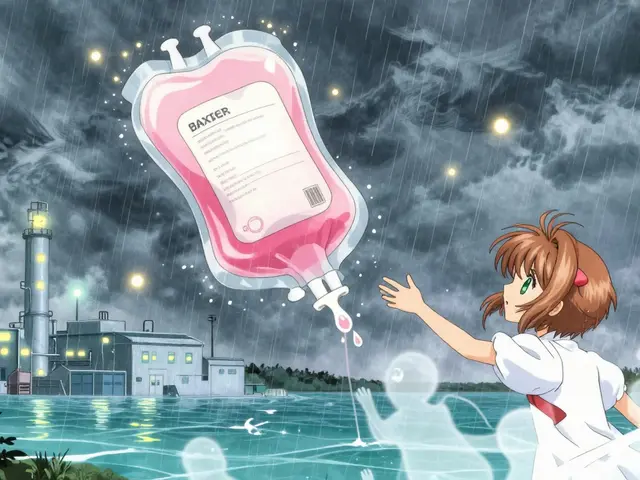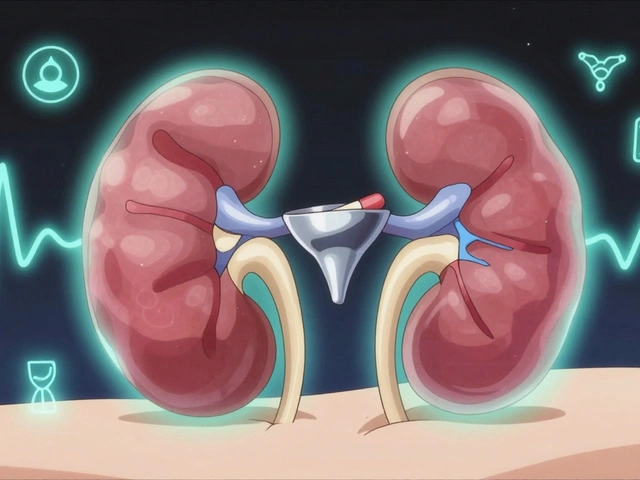Early HIV Diagnosis: How to Test, When to Test, and What to Do Next
You can have HIV and feel fine for weeks or months. That’s why early testing matters: it protects your health and stops the virus from spreading. If you worry you were exposed, act fast. This guide tells you which tests catch HIV earliest, when to repeat tests, and the exact next steps whether you test negative or positive.
Which test to choose and the window period
Not all tests catch HIV at the same time after exposure. Know the basics:
- RNA (PCR) test: finds HIV earliest, often within 7–10 days after exposure. Labs do this test but it’s more expensive.
- 4th-generation lab test: detects p24 antigen plus antibodies. It usually works by 2–4 weeks and is the common choice in clinics.
- Antibody-only rapid tests (finger prick/oral): easiest and quick, but usually positive only after 3–12 weeks.
Suggested testing schedule after a possible exposure: get a 4th-gen test at 2–4 weeks, then repeat at 3 months for a definitive result. If you want the earliest possible answer, ask for an RNA test right away. If you’re still at risk after a negative test, test again every 3 months or follow your clinician’s advice.
If you were recently exposed or test positive
Recent exposure? If it was within the last 72 hours, go to an emergency department or clinic immediately and ask about PEP (post‑exposure prophylaxis). PEP is a 28‑day course of drugs that can prevent infection if started quickly.
If your test comes back positive, don’t panic. Next steps are clear and practical: get a confirmatory test, have baseline bloodwork (CD4 count and viral load), and start antiretroviral therapy (ART) as soon as possible. Modern ART typically lowers viral load to an undetectable level within months. When viral load is undetectable, the risk of sexual transmission is effectively zero (U=U).
Tell your healthcare provider about other health checks you'll need: tests for hepatitis, STIs, and liver/kidney function. Ask about partner notification services—many clinics can help notify partners confidentially.
If your test is negative but you have ongoing risk (sex without condoms, sharing needles, or a partner with HIV), consider PrEP. PrEP prevents HIV when taken correctly and requires an initial negative test plus regular follow-up every 3 months.
Where to get tested: local health departments, community clinics, sexual health centers, Planned Parenthood, and many urgent-care centers. Some pharmacies and community groups offer rapid tests or free testing events. Tests are generally confidential or anonymous—ask when you make the appointment.
Bottom line: test early if you think you were exposed, get the right test for the right timing, and act fast—PEP within 72 hours if needed. If positive, start care now: early treatment keeps you healthy and prevents transmission. If you’re unsure what to do, call a local clinic today—time matters.
Zidovudine and the importance of early HIV diagnosis and treatment
As a blogger, I cannot stress enough the importance of early HIV diagnosis and treatment. Zidovudine, a key medication in HIV management, has proven to be highly effective when initiated early in the infection process. This early intervention can significantly slow down disease progression and improve the overall quality of life for those living with HIV. In addition, early diagnosis allows for proper education and support, empowering individuals to take control of their health and prevent further transmission. Remember, early detection and treatment can make all the difference in living a healthy and fulfilling life with HIV.





